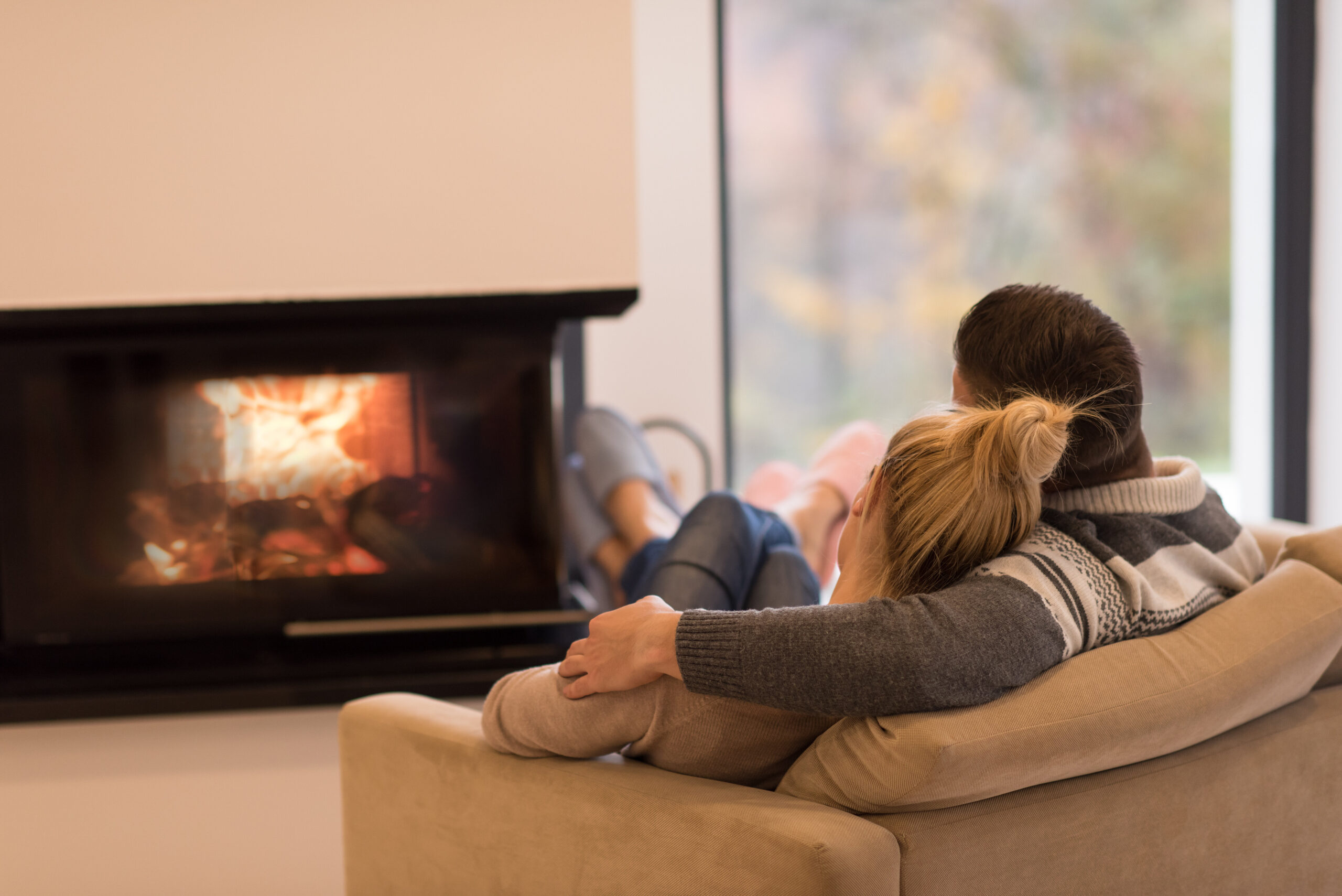Heating and cooling your home can eat up a big chunk of your monthly budget, especially during extreme weather. Look into easy, low-cost ways to lower your energy bills without sacrificing comfort—whether you rent or own your space.
Understand Where the Energy Goes
Heating and cooling account for about half of the average home’s energy use, according to the U.S. Department of Energy. That means small changes in how you manage indoor temperatures can make a big difference on your utility bill.
The first step is figuring out where energy is being wasted. Common culprits include leaky windows, poor insulation, and running your heating or AC when you’re not home. Even small gaps around doors or vents can let air escape and force your system to work harder than it needs to.
A quick home check—looking for drafts, checking thermostat settings, and monitoring when your system runs—can reveal a lot. And the fixes are often simpler than you’d think.
Stop Drafts with Simple Fixes
If your home feels too cold in winter or too hot in summer, check for drafts around windows, doors, and vents. You don’t need a contractor to deal with these—basic weatherproofing tools are cheap and easy to install.
Use weatherstripping or foam tape to seal gaps in door frames and window sashes. For under-door drafts, a rolled towel or a door sweep can make a noticeable difference. You can even make your own draft stopper with rice and a long sock.
Plastic window film kits, available at most hardware stores, can add a layer of insulation in colder months. And during summer, blackout curtains or reflective window panels can block heat and help your AC work more efficiently.
Many utility companies offer free or discounted energy-saving kits or home audits. Check out programs from your local provider or see if you qualify through the Energy Star rebate finder.
Adjust Your Thermostat Smarter
You don’t need a smart thermostat to save money—you just need to be smart about how you use the one you have. Turning your thermostat down by 7–10 degrees for 8 hours a day (like while you’re at work or sleeping) can cut your heating and cooling costs by as much as 10% annually.
In winter, aim to keep your thermostat around 68°F when you’re home and lower when you’re out or asleep. In summer, shoot for 78°F when you’re in the house and up to 85°F when you’re away.
If you are able to invest in a programmable thermostat, it can pay off quickly. Units like the ones from ecobee or Google Nest allow you to automate temperature changes and track usage from your phone.
For renters, plug-in space heaters or portable fans can help manage temperature in specific rooms, so you’re not wasting energy heating or cooling the whole place.
Use Your Appliances to Your Advantage
How and when you use household appliances can also affect your home’s temperature and energy use. For example, ovens and dryers generate heat—great in winter, but not ideal when you’re trying to cool your space in summer.
Try running heat-generating appliances during off-peak hours or early in the day during warmer months. In winter, baking dinner can warm up the kitchen and reduce the need for the heater (just never use an oven for actual heating—it’s unsafe).
Ceiling fans help circulate air and make a room feel cooler or warmer depending on the season. In summer, set them to spin counterclockwise to create a breeze. In winter, switch them to clockwise at a low speed to push warm air down from the ceiling.
Small habits—like using cold water for laundry, air-drying clothes when possible, and turning off unused lights—also chip away at your energy bill. Apps from providers like Sense can help you see where your electricity is going in real time.
Take Advantage of Free Programs and Rebates
Many states, cities, and utility companies offer rebates or financial incentives to help you make your home more energy efficient. Some even cover upgrades like insulation, energy-efficient windows, or heating system replacements for low-income households.
Programs like LIHEAP (Low Income Home Energy Assistance Program) can help you cover seasonal utility costs if you meet income requirements. It’s available in every state and can be used toward heating, cooling, or emergency repairs.
You can also look for local nonprofits or city programs that offer free weatherization services. These services often include sealing leaks, upgrading insulation, or installing efficient light bulbs and thermostats—all at no cost to you.
Don’t leave money on the table. A quick call to your utility provider or housing department can open doors to savings you didn’t know you qualified for.
Final Thoughts: Comfort Without the Cost
Keeping your home comfortable year-round doesn’t have to mean sky-high energy bills. By sealing drafts, adjusting how you use your thermostat, and making smart choices with appliances, you can save money without sacrificing comfort.
Start small—pick one or two things to try this week—and build from there. Even a $20 investment in weatherproofing can pay for itself within a month or two. Over time, these small moves add up to big savings.
Whether you rent or own, taking control of your energy use is one of the most practical ways to stretch your budget and feel good at home.
Sources
Energy Star Rebate Finder
ecobee Smart Thermostats
Google Nest Thermostat
Sense Energy Monitor
LIHEAP – Low Income Energy Assistance



